The Retail Core Banking Solution Market is currently characterized by a dynamic competitive landscape, driven by rapid technological advancements and evolving consumer expectations. Key players such as FIS (US), Temenos (CH), and Finastra (GB) are strategically positioning themselves through innovation and digital transformation initiatives. FIS (US) has focused on enhancing its cloud-based offerings, which appears to resonate well with financial institutions seeking agility and scalability. Meanwhile, Temenos (CH) emphasizes its open banking platform, fostering partnerships that enable banks to integrate third-party services seamlessly. Collectively, these strategies not only enhance operational efficiency but also create a more competitive environment, compelling other players to adapt or risk obsolescence.
In terms of business tactics, companies are increasingly localizing their operations to better serve regional markets, which may enhance customer engagement and satisfaction. The market structure is moderately fragmented, with several players vying for market share, yet a few dominant firms are establishing a stronghold through strategic acquisitions and partnerships. This competitive structure suggests that while there is room for new entrants, the influence of established players remains substantial, shaping market dynamics significantly.
In August 2025, FIS (US) announced a strategic partnership with a leading fintech firm to enhance its digital payment solutions. This collaboration is likely to bolster FIS's market position by integrating advanced payment technologies, thereby addressing the growing demand for seamless transaction experiences among consumers. Such partnerships may also facilitate the rapid deployment of innovative solutions, further solidifying FIS's competitive edge.
In September 2025, Temenos (CH) launched a new AI-driven analytics tool aimed at improving customer insights for banks. This initiative underscores Temenos's commitment to leveraging artificial intelligence to enhance decision-making processes within financial institutions. By providing banks with deeper insights into customer behavior, Temenos positions itself as a leader in the analytics space, potentially attracting more clients seeking data-driven solutions.
In October 2025, Finastra (GB) unveiled its latest cloud-based core banking platform, designed to streamline operations for retail banks. This launch reflects Finastra's ongoing investment in cloud technology, which is increasingly becoming a critical differentiator in the market. By offering a robust, scalable solution, Finastra aims to capture a larger share of the market, appealing to banks looking to modernize their infrastructure without incurring significant costs.
As of October 2025, the Retail Core Banking Solution Market is witnessing trends such as increased digitalization, sustainability initiatives, and the integration of artificial intelligence. Strategic alliances are becoming pivotal, as companies collaborate to enhance their technological capabilities and expand their service offerings. Looking ahead, competitive differentiation is likely to evolve, with a pronounced shift from price-based competition to a focus on innovation, technology integration, and supply chain reliability. This transition may redefine how companies engage with clients, ultimately shaping the future of the retail banking landscape.


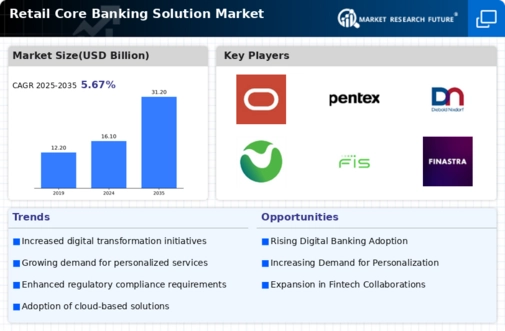
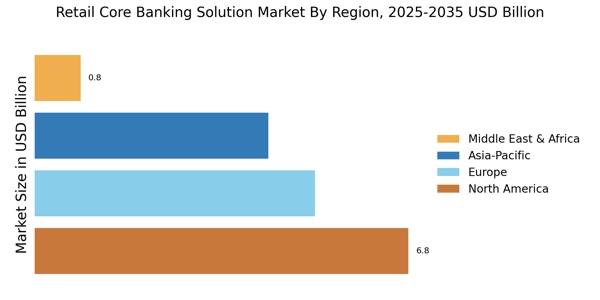
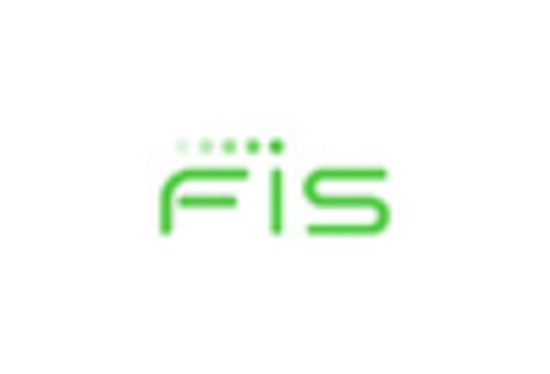
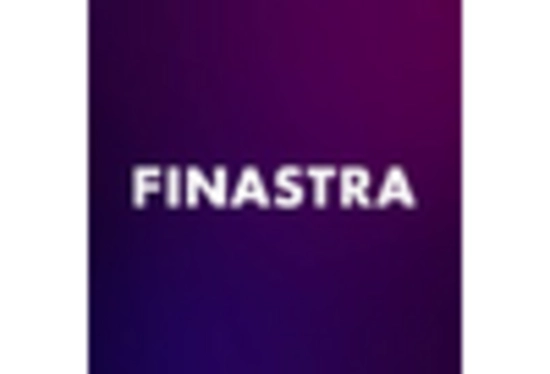
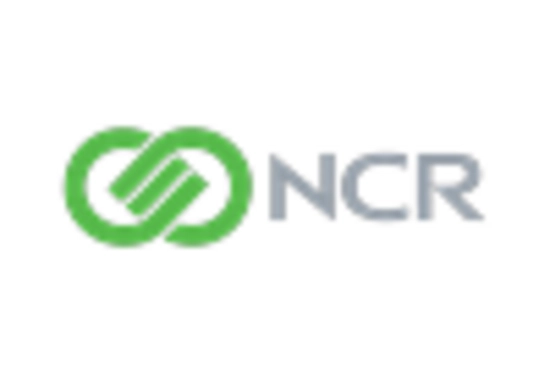


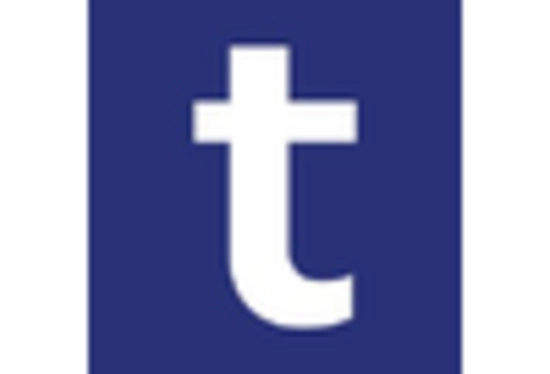








Leave a Comment